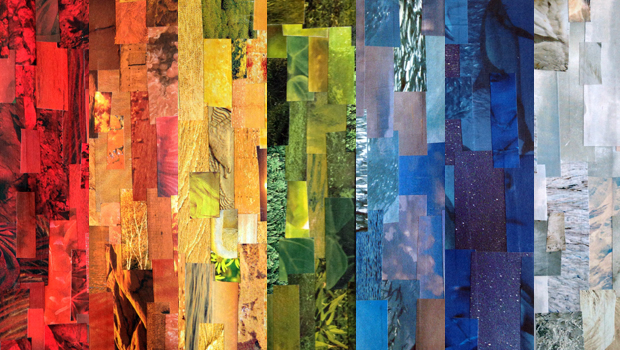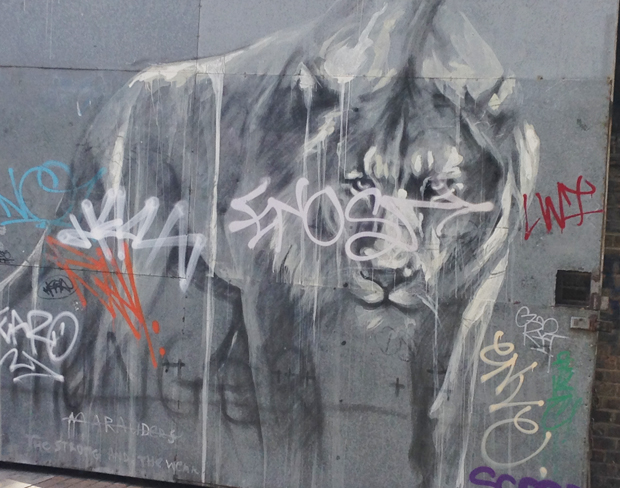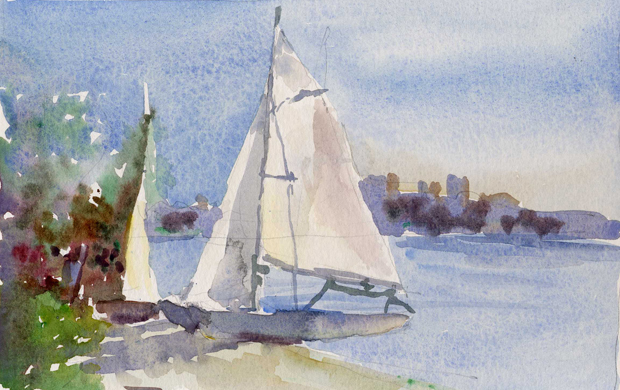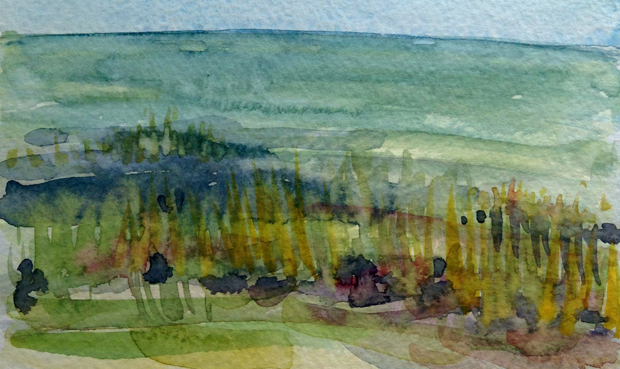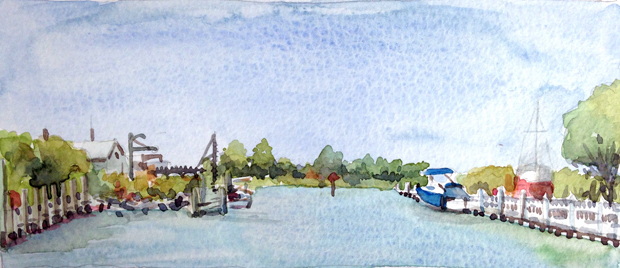The vibration of energy, of waves, color and sound is the secret signature of all things. Both science and spirituality say this. Artists, musicians and poets have understood it for millennia. I’ve been working with a friend to produce a set of meditation cards based on the chakra system. It has heightened my awareness of color in so many ways, from simple mood shifts to the resonance in my body of a particular color. How much do we really see of the colors we encounter as we move through our day?
Different colors and sounds vibrate at different wavelengths. Being a part of this system, our body acts as a prism, connecting to the White Light of All Consciousness, and refracting it into the individual colors of the spectrum. When you delighted by a rainbow or the dancing colors of a crystal hanging in a sunny window, your body is recognizing its kindred. When I pay attention to the color red or violet or green, I feel an immediate pull of connection. Continue reading

